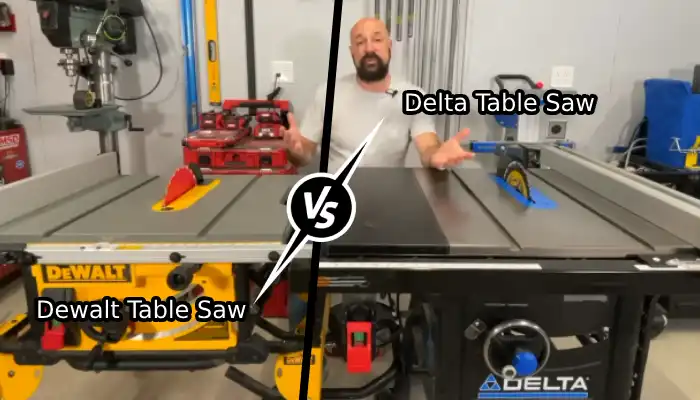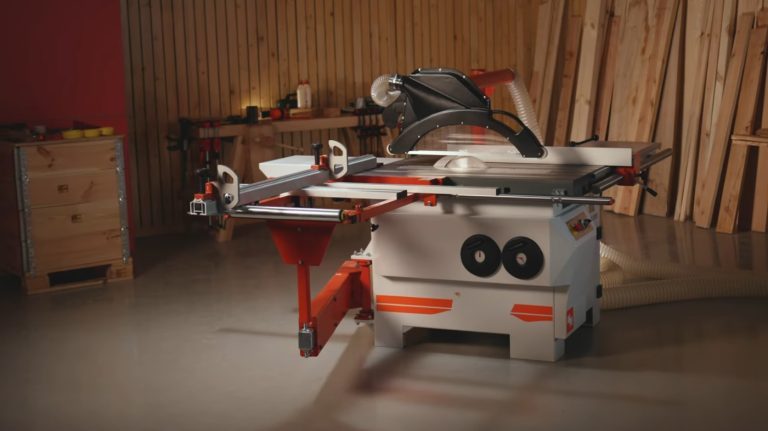Can You Add Sawstop to Any Table Saw: 5 Things to Consider
Table saws are commonly used in woodworking for cutting wood, but without safety features, they can seriously threaten workers. This has led to the development of a safety system called SawStop, which stops the saw blade from rotating in the event of contact with human skin.
But the real concern is, can you add SawStop to any table saw to improve your safety? Unfortunately, it isn’t practically possible to integrate some other manufacturers’ table saws with Sawstop. This is because the structural modifications required and the installation cost would outweigh the expense.
Throughout this article, I will explore some major reasons why retrofitting other brands’ table saws with SawStop might not be the most practical option. So keep reading.
Why You Can’t Add Sawstop to Any Table Saw: 4 Reasons
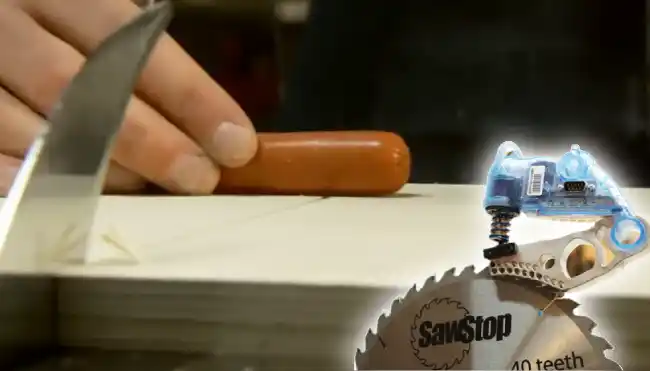
The allure of SawStop’s revolutionary safety features prompts many woodworking enthusiasts to wonder if these benefits can be retrofitted onto any table saw. There are five main reasons why you cannot add a SawStop to your table saws:
1. Economic Practicality
Retrofitting a table saw with the SawStop system proves economically impractical due to the significant structural modifications and installation costs.
The intricate nature of this safety technology and the need for precise modifications often lead to expenses. This can surpass the cost of purchasing a new saw that already incorporates the SawStop safety features.
While retrofitting may seem like a cost-saving option, it also requires extensive changes to the saw’s design, including installing an electronic detection system, a braking mechanism, and other components. These modifications and the labor and expertise needed for installation can add up quickly.
2. Complex Structural Modifications
SawStop’s safety system is designed to integrate seamlessly into the saw’s structure, ensuring optimal performance and safety. Retrofitting, on the other hand, demands intricate modifications to accommodate the safety features.
This may involve altering the saw’s design, which can be a complex task and may compromise the original integrity of the machine. Achieving the necessary structural changes often requires expertise and precision that may be challenging without compromising safety.
Therefore, while the SawStop system is an excellent safety feature, it isn’t compatible with every one of your table saws due to the complex structural modifications that would be necessary.
3. Compatibility Issues
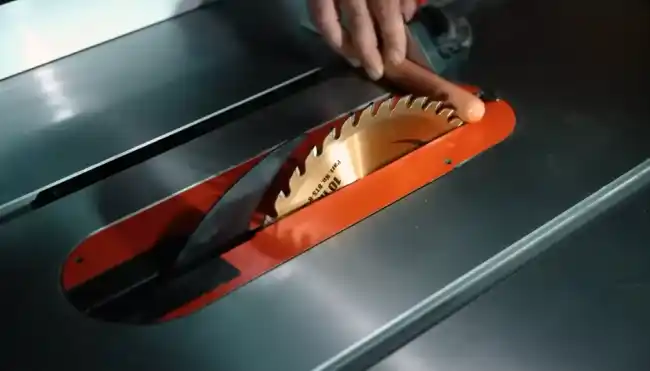
To ensure the optimal functionality and effectiveness of the SawStop system, consider the compatibility issues that arise when attempting to add it to any table saw.
Each table saw model is uniquely designed, with specific mechanics and configurations. The SawStop system, on the other hand, is engineered specifically for the saws produced by the company, taking into account the intricacies of their designs.
Trying to retrofit the system onto a different manufacturer’s saw can result in compatibility issues. These issues may compromise the safety features of the SawStop, leading to table saw accidents.
4. Sensor Calibration Complexity
SawStop’s safety system relies on precise electronic sensors to accurately detect flesh and trigger the braking mechanism.
Retrofitting other table saws with this technology requires meticulous sensor calibration to ensure the system’s reliable operation. Achieving the same level of precision without compromising safety can be daunting.
The calibration process involves adjusting the sensors to accurately detect flesh while minimizing false triggers caused by non-flesh materials. Additionally, adapting the SawStop system to the structure and design can complicate calibration.
5. Braking Mechanism Integration
Adding the SawStop safety system to any table saw isn’t feasible due to the intricate integration required for the braking mechanism. This necessitates precise engineering and complex modifications to maintain the original braking efficiency.
The braking mechanism in a SawStop system is specifically designed and engineered to work seamlessly with the saw. It isn’t a standalone feature that can be easily added to any table saw.
Retrofitting the braking mechanism onto another saw would require significant modifications to its structure, ensuring that it aligns perfectly with the existing components and maintains the same level of braking efficiency.
This level of integration and modification isn’t only challenging but also time-consuming and costly. Therefore, it isn’t possible to add the SawStop system to any table saw without compromising its effectiveness.
Upgrade to a Table Saw with Sawstop Technology for Reliable Results and Maximum Safety
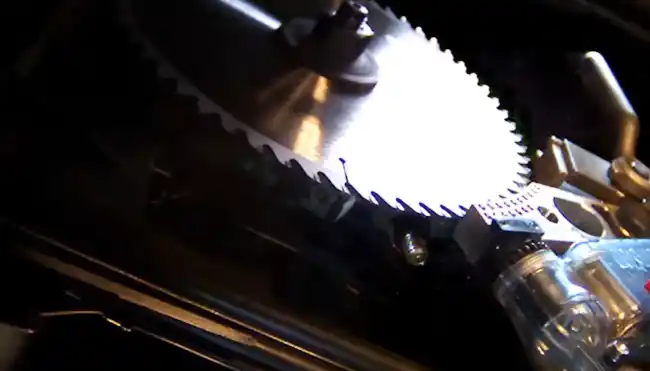
While the idea of adding Sawstop technology to any table saw may seem appealing, it’s simply not possible. Sawstop is a patented system that requires specific components and design features to function effectively and safely.
Attempting to retrofit a SawStop onto a table saw not originally designed for it could lead to unreliable results and compromised safety measures. Investing in a table saw that already includes the Sawstop technology for optimal performance and protection is crucial.




